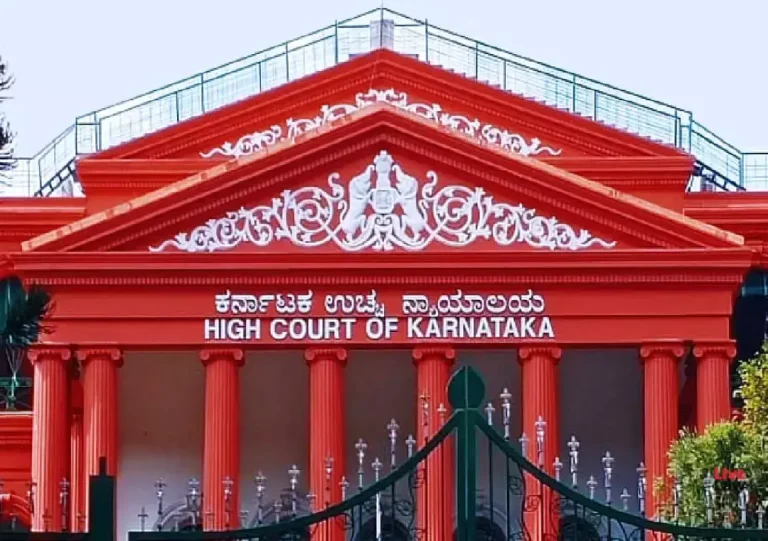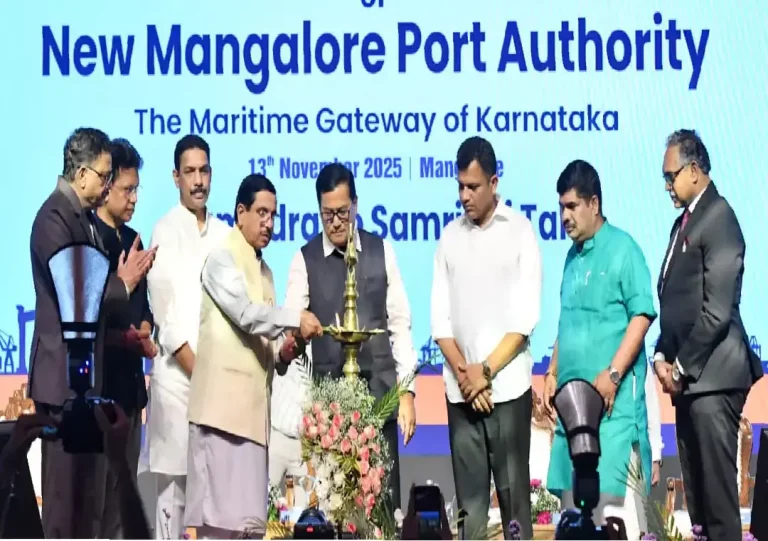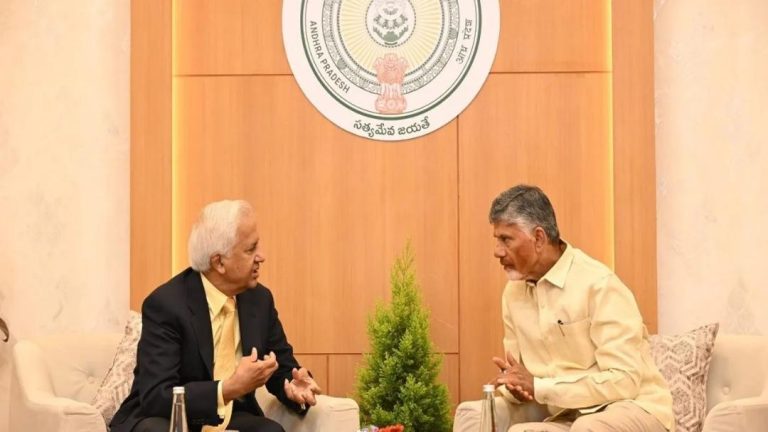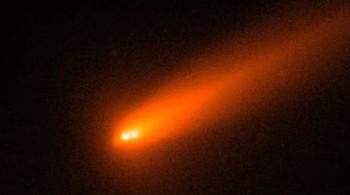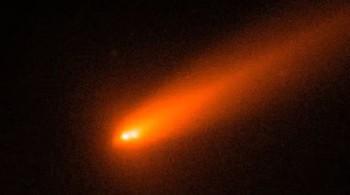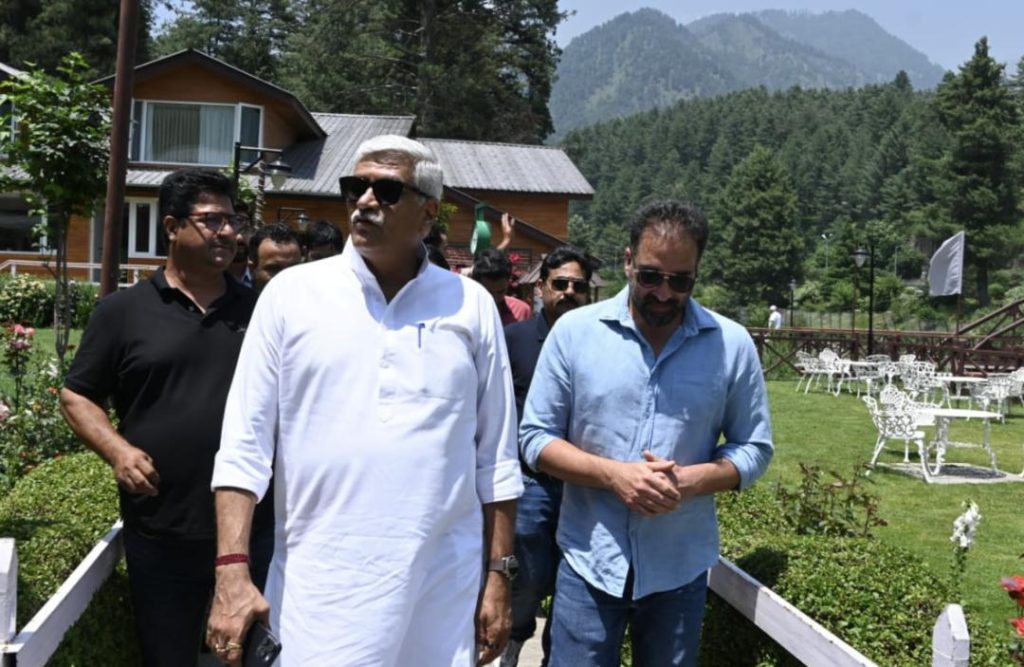
J&K will once again see a surge of tourists: Tourism Minister
The picturesque valleys and majestic mountains of Jammu and Kashmir, once a magnet for tourists from around the world, have been experiencing a downward trend in visitor numbers in recent years. The Pahalgam terrorist attack in August 2019, which targeted a tourist bus, sent a chilling message to potential visitors and had a severe impact on the tourism industry in the region. However, according to Union Culture and Tourism Minister Gajendra Singh Shekhawat, Jammu and Kashmir is all set to witness a surge in tourism once again.
During a two-day visit to Jammu and Kashmir, Shekhawat expressed his optimism about the revival of tourism in the region, stating that the efforts of the Centre and the Jammu and Kashmir government have finally started to bear fruit. “The Pahalgam terrorist attack had badly hit tourism in Jammu and Kashmir, but with the joint efforts of the Centre and the Jammu and Kashmir government, tourism activities have now started again,” he said.
The Pahalgam terrorist attack was a devastating blow to the tourism industry in Jammu and Kashmir, with many tourists cancelling their plans to visit the region. The attack not only sent a chilling message to potential visitors but also had a severe impact on the local economy, which relies heavily on tourism. However, despite the challenges, the government has been working tirelessly to revive the industry.
One of the key initiatives has been the launch of a special package by the Centre, which includes additional funds and incentives for tourists visiting Jammu and Kashmir. The package, which was announced earlier this year, aims to boost tourism in the region and promote it as a safe and attractive destination.
The Centre has also been working with the Jammu and Kashmir government to improve infrastructure and provide better amenities to tourists. This includes the development of new tourist facilities, such as hotels and resorts, as well as the improvement of existing infrastructure, such as roads and public transportation.
Additionally, the government has also been working to promote Jammu and Kashmir as a tourist destination through various marketing campaigns and promotional activities. These include social media campaigns, travel fairs, and other initiatives aimed at promoting the region’s unique culture, history, and natural beauty.
The efforts of the government have not gone unnoticed, with many tourists already starting to return to Jammu and Kashmir. According to official statistics, the number of tourists visiting the region has increased significantly in recent months, with many more expected in the coming months.
The surge in tourism is expected to have a positive impact on the local economy, which has been struggling to recover from the effects of the terrorist attack. The tourism industry is a significant source of employment and revenue for the region, and its revival is expected to create new job opportunities and stimulate economic growth.
The revival of tourism in Jammu and Kashmir is not only good news for the region’s economy but also for its people. Tourism has always been an important part of Jammu and Kashmir’s cultural heritage, and its revival is expected to promote cultural exchange and understanding between visitors and locals.
In conclusion, the news that Jammu and Kashmir is set to experience a surge in tourism is a welcome development for the region and its people. The efforts of the Centre and the Jammu and Kashmir government to revive the tourism industry have finally started to bear fruit, and the region is once again open for business.
As the Union Culture and Tourism Minister, Gajendra Singh Shekhawat, so aptly put it, “The Pahalgam terrorist attack had badly hit tourism in Jammu and Kashmir, but with the joint efforts of the Centre and the Jammu and Kashmir government, tourism activities have now started again.” It is heartening to see that the region is slowly but surely returning to its former glory, and we can only hope that this trend continues in the coming months and years.
